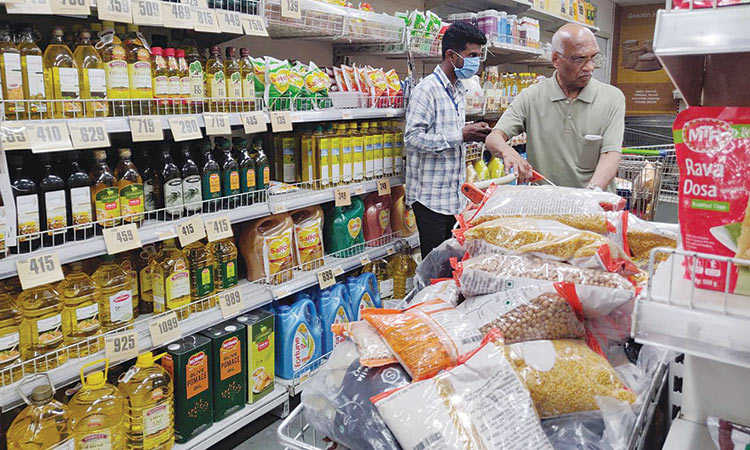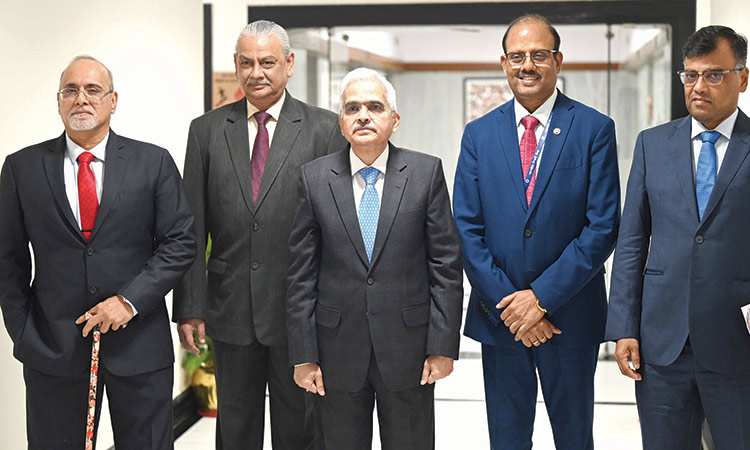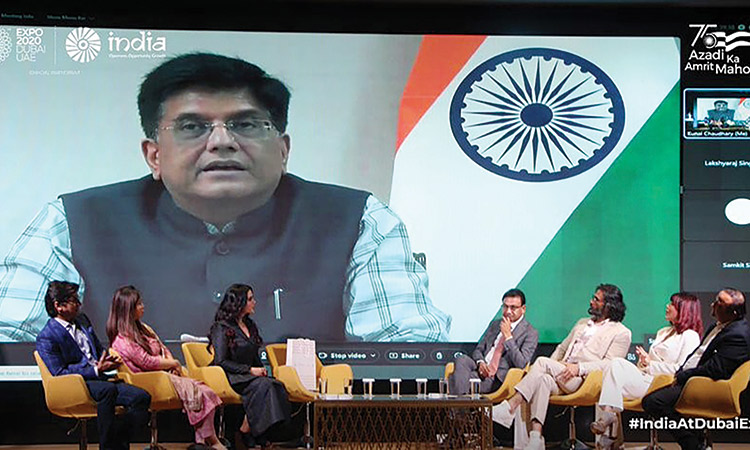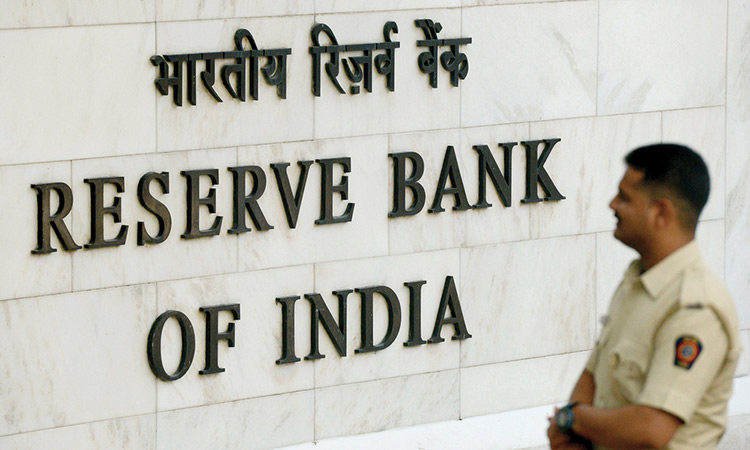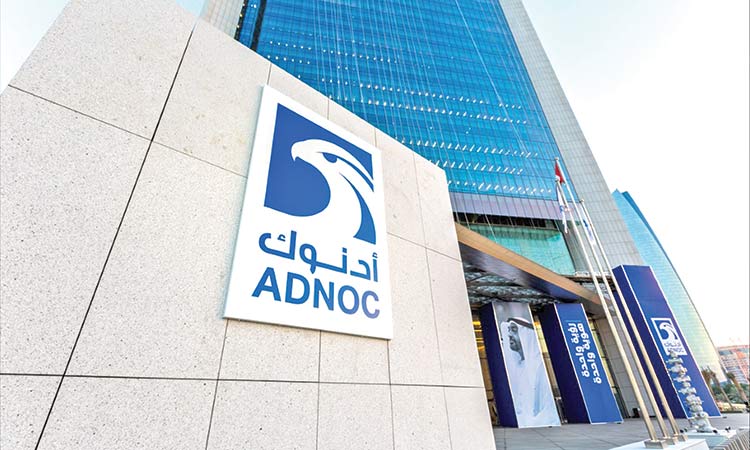India’s market regulator seeks to reduce risks for retail investors

Shoppers purchase products at a supermarket in Mumbai, India. Reuters
With Indian share prices near record highs, drawing increased retail investor interest, the regulator is concerned smaller players could suffer losses on derivatives if markets turn volatile.
Retail investor participation in the equity derivatives market jumped 500 per cent in the three years through March, according to data from the Securities and Exchange Board of India (SEBI). Nine in 10 individual traders, dominated by people in their 30s, lost money in the previous fiscal year, with average losses averaging 110,000 Indian rupees ($1,300), a SEBI study found in January.
SEBI has previously asked brokers to discloses risks associated while trading in derivatives prominently on their websites but is now considering stricter measures.
The regulator is discussing measures to track and control “disproportionate trading” to safeguard retail investors by linking the value of trades in futures and options to the their income and net worth, the sources said.
They asked not to be identified as they are not authorised to speak to the media.
“SEBI is examining whether stock brokers can be made responsible for reporting net worth and income of individual traders to exchanges,” one source said. Determinations would be based on information disclosed in tax returns.
Once a broker discloses an investor’s net worth and income, exchanges could monitor the person’s exposure to futures and options contracts across brokerage firms, the other source said.
Trading would be capped at a threshold that the first source said would be a multiple of net worth.
A discussion paper, the first step toward crafting regulations, will be issued soon, the sources said.
SEBI had proposed a similar framework in 2017 but dropped the idea when brokers cited difficulties in assessing the net worth of their clients. The regulator revived the idea of curbs because of the study showing widespread losses on equity derivatives trades, the sources said.
Norms for product suitability are common in many markets, mostly applying “to high-risk investments such as venture funds, hedge funds, commodity and equity derivatives”, the first source said.
South Korea’s financial markets regulator in 2011 introduced entry barriers for retail investors to trade in equity derivatives, including a minimum deposit and compulsory training. It eased those restrictions in 2019. The number of derivatives contracts traded in India stood at 5.56 billion as of June, the latest data available shows. Options trading accounts for 98% of the derivatives contracts.
Meanwhile the macro picture has been bleak for the last two quarters, India’s private consumption, which dipped to $2.2 trillion in Q3-Q4 in FY23, is on its way up and expected to cross $2.4 trillion in the fourth quarter (Q4) of FY24, a report showed.
Indicators across emerging sectors, such as credit card spends, air travel and sales of vehicles, show signs of recovery in the first quarter of the financial year 2023-24 (April-June period), according to the report by Redseer Strategy Consultants.
The Indian macros are best positioned with a GDP of $6.5 trillion and a retail goods market size of $2 trillion, with the private final consumption expenditure (PFCE) at $4 trillion.
“The fundamentals are in the right place. Travel, financial services, recreation and insurance, among others, are ‘prosperity-driven categories’ and have experienced an acceleration,” said Mrigank Gutgutia, Partner, Redseer.
“India’s long-term consumption trends are gradually reflecting increased prosperity as the consumer behaviour evolves towards higher categories,” he added.
According to the report, India’s digital ecosystem is already at the gold standard with over 350 million active digital payment users, more than 50 million digital-using merchants and over 50 per cent digital ad share.
Other categories expected to accelerate with long-term growth, include education, personal vehicles, personal care, food, and clothing.
“Premiumisation, brand proliferation and digitisations being the core consumption themes across sectors. While the journey so far has been turbulent, India’s Internet is poised to be in cruise control momentum until the end of the decade at a 25 per cent CAGR,” the findings showed.
Although the total number of Internet transactors is 350 million, the mature Internet transactors who are frequent online buyers have plateaued around 40-45 million.
“While user base at the top of the funnel is robust, high-value transactors growth has been plateauing. This is because the potential of users across smaller cities is yet to be fully unlocked,” said Gutgutia.
Solving key concerns among non-mature online transactors, such as complex ordering processes, lack of trust, and better offline offerings, is also needed to improve the total user base and high-frequency users, the report mentioned.
